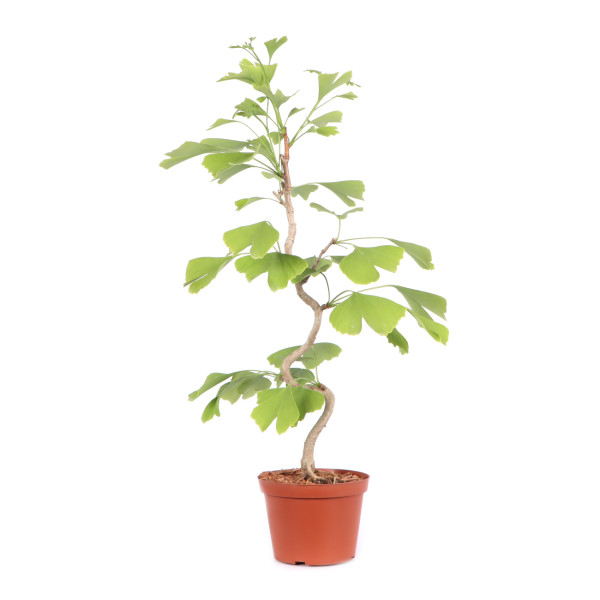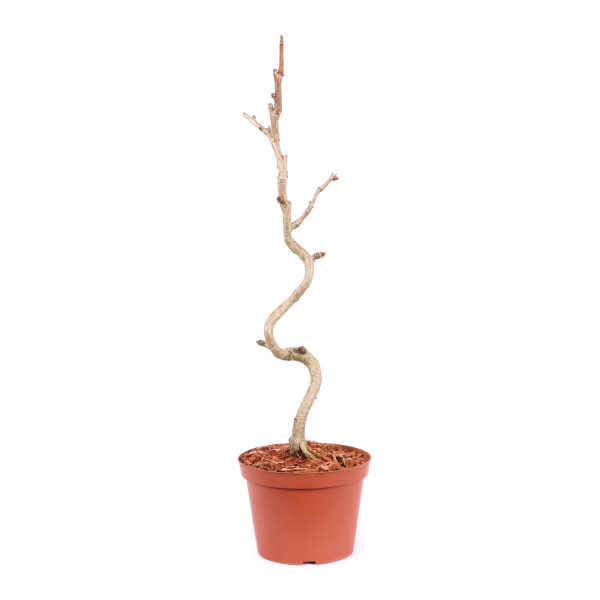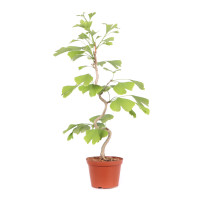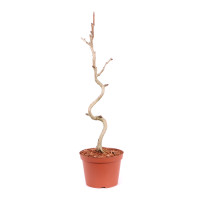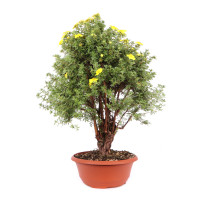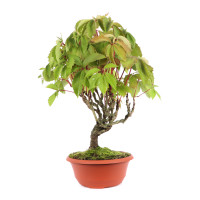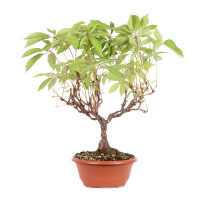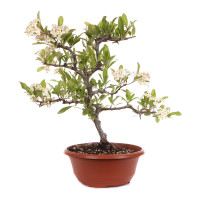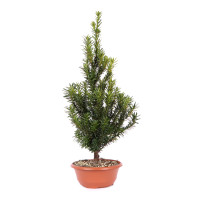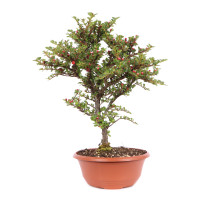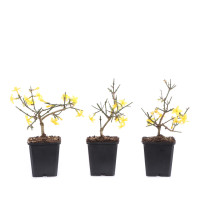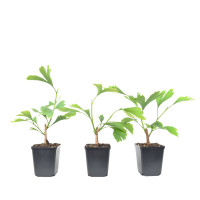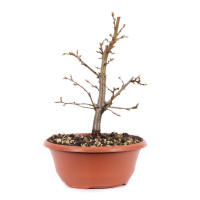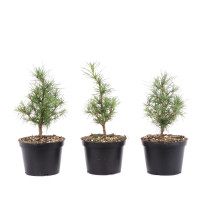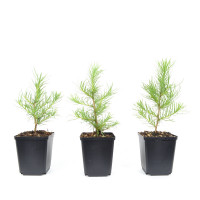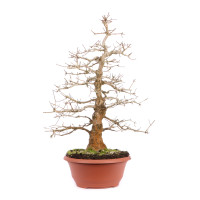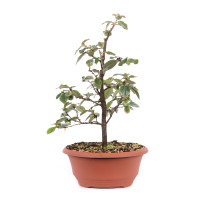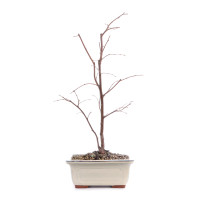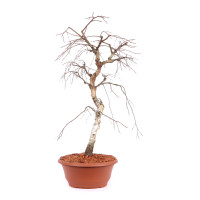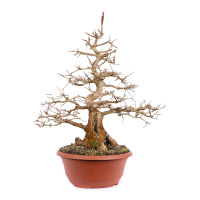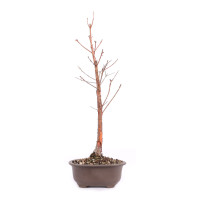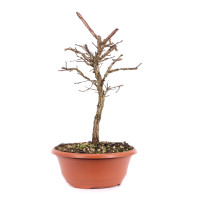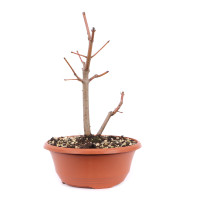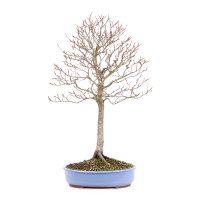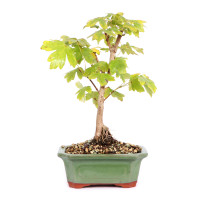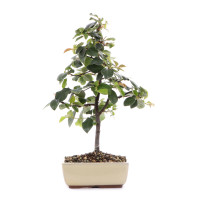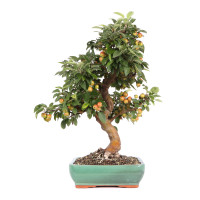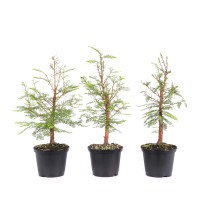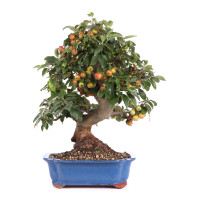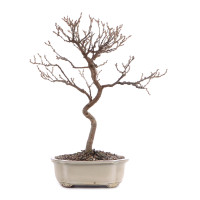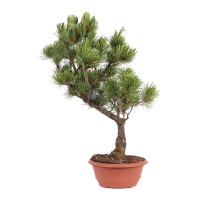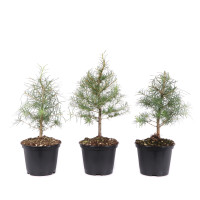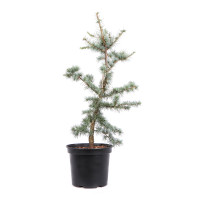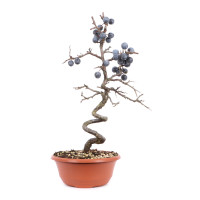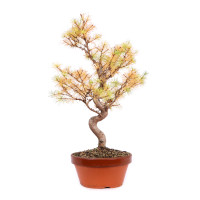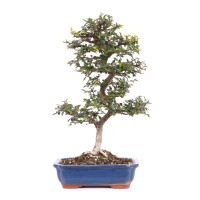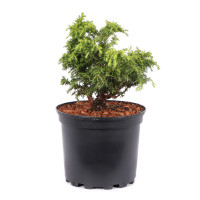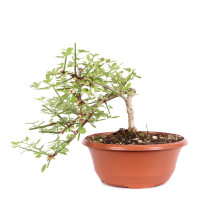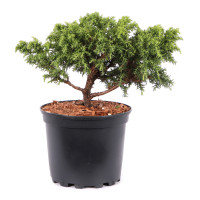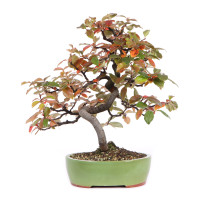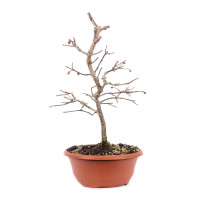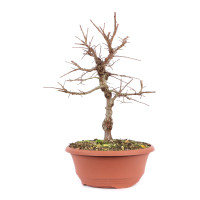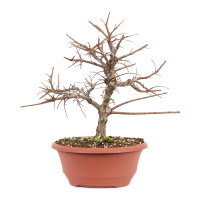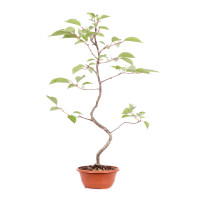- Order number: 1066-J-25-2220
- Height: 40 cm (no pot)
- Foliage: deciduous
- Bonsai Pot: plastic pot
- Year: 2018
- Characteristics: attractive autumn colour
- Origin: Germany
Ginkgo biloba - Ginkgo
General:
The ginkgo is the oldest tree species on earth. It is a living fossil because it was already widespread in Central Europe in the late Tertiary, around 30 million years ago. The trees reach heights of up to 30 meters, have a diverse habitus and little branching. The fan-like foliage is deep green in summer and bright yellow in autumn. The leaves, like the needles on conifers, have parallel veins. This is certainly one of the reasons why it is not listed in the specialist literature under deciduous trees, but under conifers. Another specialty of the ginkgo is the different formation of the shoots. As with larches, it forms long shoots, on which the leaves are arranged alternately, and short shoots, on which the leaves are in clusters. The plants are dioecious and the female develop mirabelle-like fruits. Hence the name Ginkgo, which means “silver plum” in Chinese (Gin-kyo). In Japan and China, the ginkgo is revered as a sacred tree with special powers. It symbolizes strength and a long life.
Care as a bonsai:
In Japan, ginkgo bonsai are popular because of the symbolism and are usually designed in the strictly upright form, with a thick trunk and strong taper. Sometimes these bonsai also show the typical outgrowths (chichi) that are actually only found on very old ginkgo trees. Other forms of design are also possible, but the branching is always a bit sparse. The ginkgo loves a sunny position outdoors, but when it is very hot it is better to get the plant in a shady spot so that the leaves are not damaged. The leaves and fleshy roots are also sensitive to frost. For this reason, the tree should be overwintered frost-free if possible and not exposed to late frosts in spring. Waterlogging also damages the roots. Otherwise the ginkgo is disease free in Europe.

